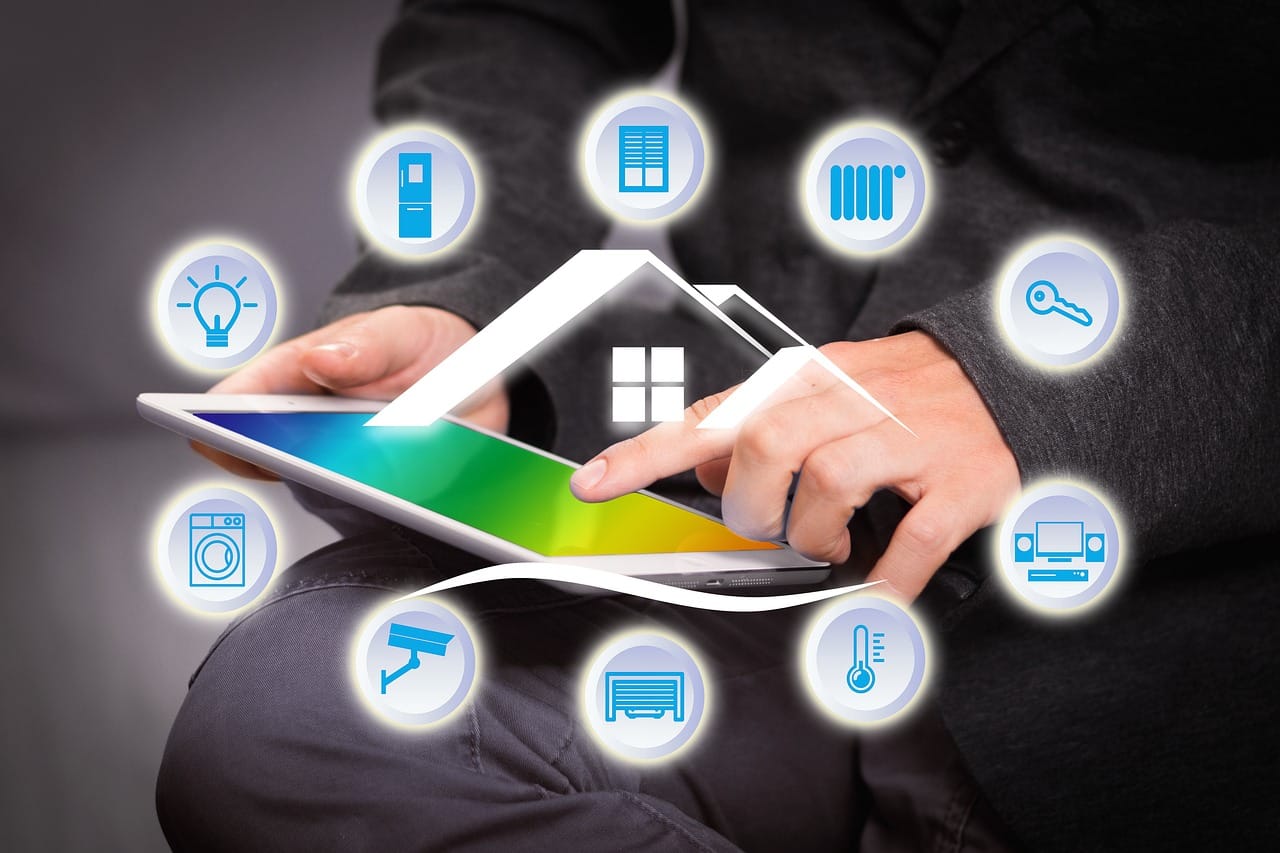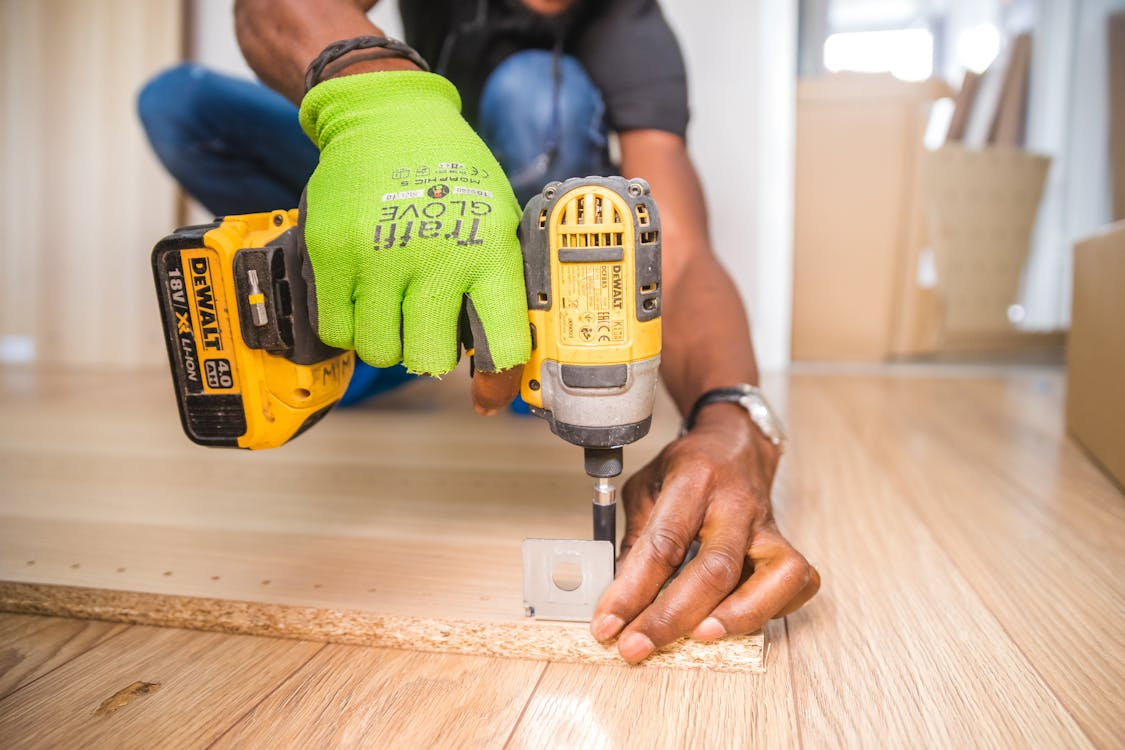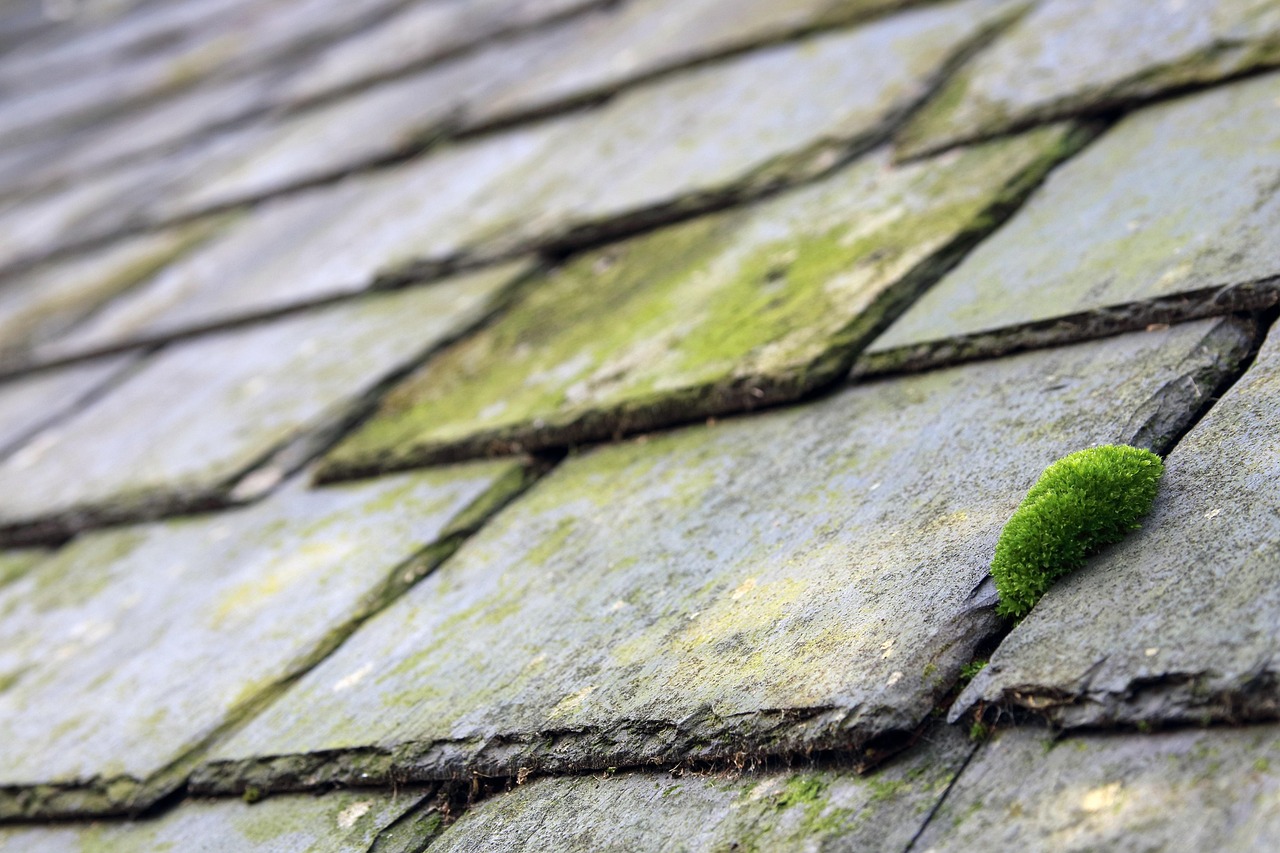Did you know that residential energy use contributes to nearly 20% of global carbon emissions? With climate concerns growing, finding ways to reduce waste at home matters more than ever.
Smart home ecosystems offer a practical solution, helping you minimize energy consumption while enhancing everyday convenience. These connected systems automate tasks like heating, lighting, and appliance control, making it easier to live sustainably without constant effort.
Beyond their environmental impact, these tools offer real comfort: They simplify home management while saving you money on utility bills. Let’s explore how you can create a sustainable smart home today.
What is a Smart Home Ecosystem?
A smart home ecosystem is a network of connected devices that work together to simplify everyday tasks. These devices, such as thermostats, lighting systems, and security cameras, are often controlled through a central hub or smartphone app, making home management more convenient.
With this setup, you can automate tasks such as adjusting the temperature, dimming lights, or checking security feeds, even when you’re away. For instance, a smart thermostat can reduce heating when you’re not home, while motion-sensing lights can turn off automatically when a room is vacant.
To get started, ensure your smart home apps are compatible with your smartphone’s software. Most modern apps work seamlessly with both Android and iOS. If you’re new to Apple devices, navigating their ecosystem might initially seem a bit more complex than Android. So, you must try exploring reliable sources on how to create a new Apple ID to simplify various device management for a perfect smart home. This can help you create a streamlined home experience under one ecosystem.
The Link Between Smart Homes and Sustainability
Smart homes offer more than modern luxury. They also play a key role in eco-friendly living. A primary benefit is energy efficiency. Smart thermostats can adjust heating and cooling based on your habits, reducing unnecessary energy consumption. Motion-sensing lights automatically turn off when no one is in the room, preventing wasted electricity. Remote control features even let you shut off appliances or adjust settings from your smartphone, helping avoid energy waste when you’re away.
Beyond energy savings, smart homes can also help reduce water waste. Smart irrigation systems can adjust watering schedules based on weather conditions, while leak sensors detect water leaks early, preventing damage and unnecessary consumption.
Key Components of a Sustainable Smart Home
Creating a sustainable smart home means choosing devices designed for energy efficiency and conservation.
Energy management tools – You can use tools like smart plugs and energy monitors. They let you track and control power usage. Smart plugs can turn off energy-draining appliances when not in use, while energy monitors give real-time feedback on power consumption.
Water conservation devices – These devices also contribute. Smart irrigation systems can adjust watering schedules based on weather data, while leak sensors detect excess water flow early, preventing waste and potential damage.
Smart lighting solutions – LED smart bulbs use less energy and last longer than traditional ones. Automated lighting systems can be programmed to dim or turn off during daylight hours, further reducing energy use.
By combining these components, your home can become more resource-efficient while maintaining a high standard of comfort.
Convenience Without Compromise
Smart home ecosystems balance eco-friendliness with everyday comfort. Their automation and control features make it easy to maintain a sustainable lifestyle without extra effort.
Voice control options, like using voice assistants, allow you to adjust lighting, temperature, or music without lifting a finger. Centralized apps let you manage multiple devices from a single platform, simplifying home management.
Automation can also simplify daily routines. Imagine lights dimming automatically in the evening or the thermostat lowering while you are asleep. You don’t need to do any manual adjustments. These systems provide control and ease while helping you reduce unnecessary energy use.
Making a Smart Home Upgrade Eco-Friendly
If you’re planning to upgrade your home with smart technology, it’s important to keep sustainability in focus. You can start by choosing energy-efficient devices with certifications. These products are designed for minimal power consumption while maintaining high performance. Look for products made with sustainable materials, such as recycled plastics or energy-efficient manufacturing processes.
If you’re replacing older devices, consider recycling them through take-back programs or donating working devices instead of discarding them. Many companies offer trade-in programs where older gadgets can be exchanged for discounts on newer, energy-efficient models.
Wrapping It Up
Smart home ecosystems prove that sustainability and convenience can work together. By adopting energy-efficient devices, automating daily tasks, and being mindful of your resource use, you can create a greener, smarter home without compromising comfort. The journey starts with small steps. These minor changes can lead to lasting benefits, both for your household and the planet.














